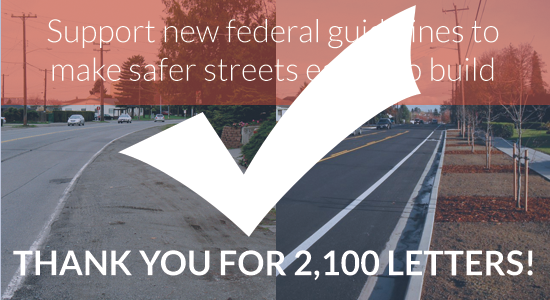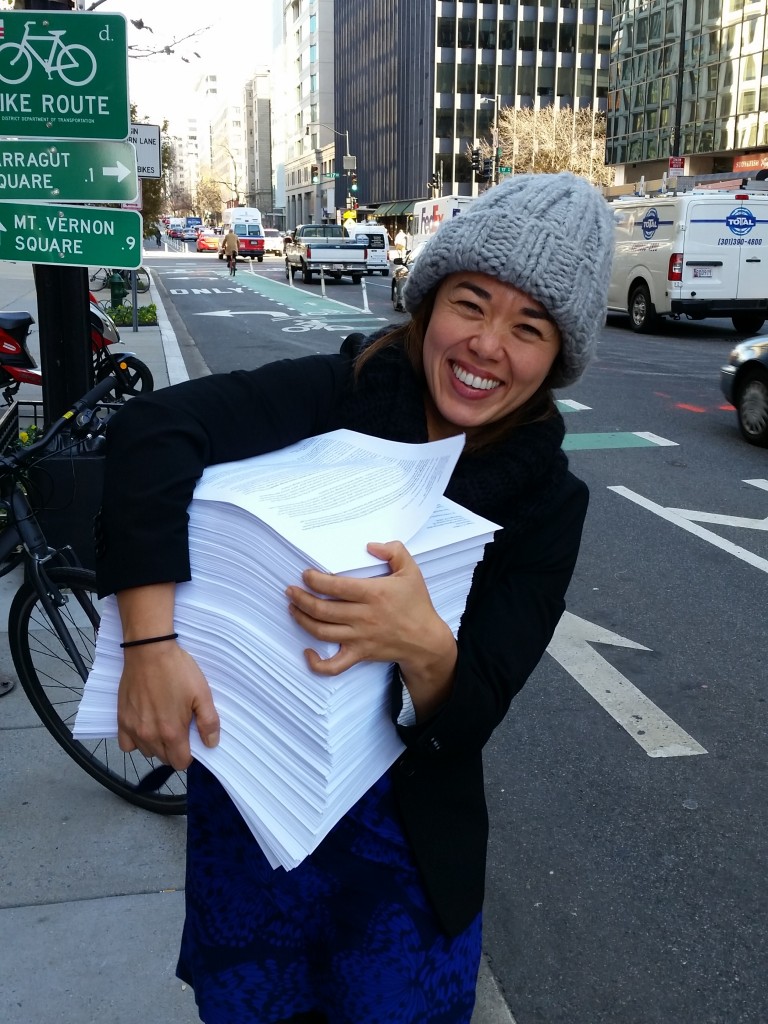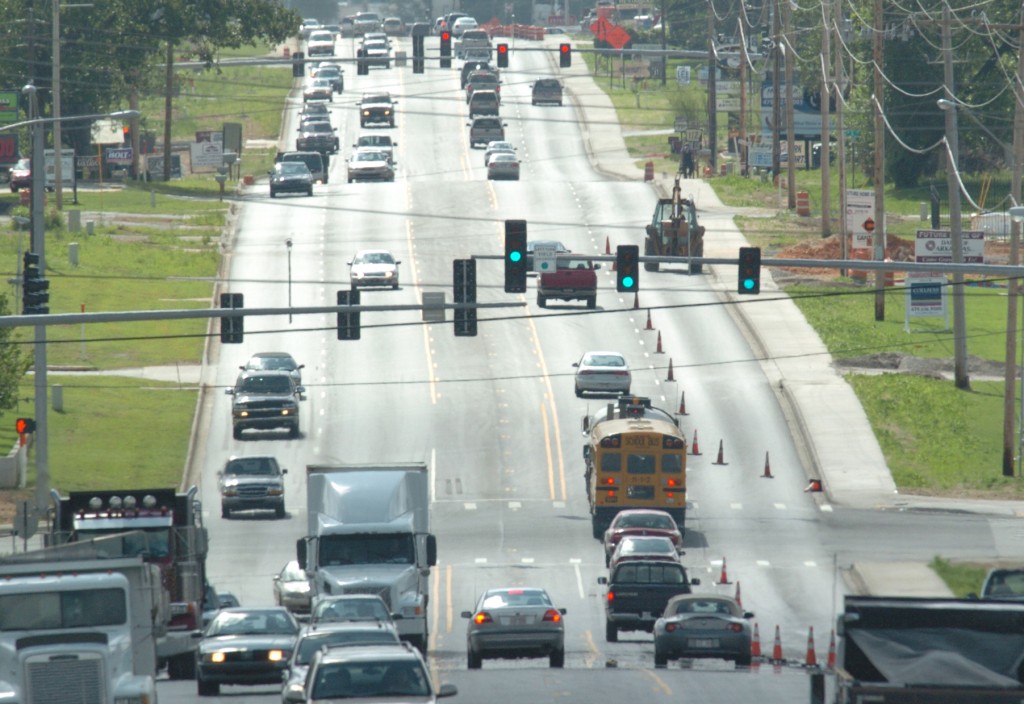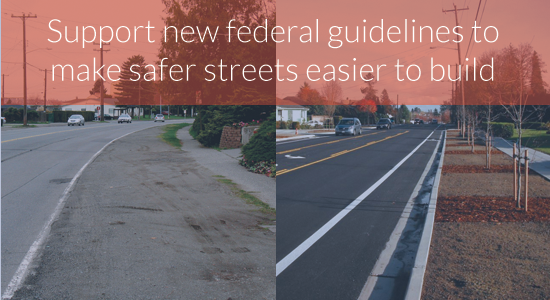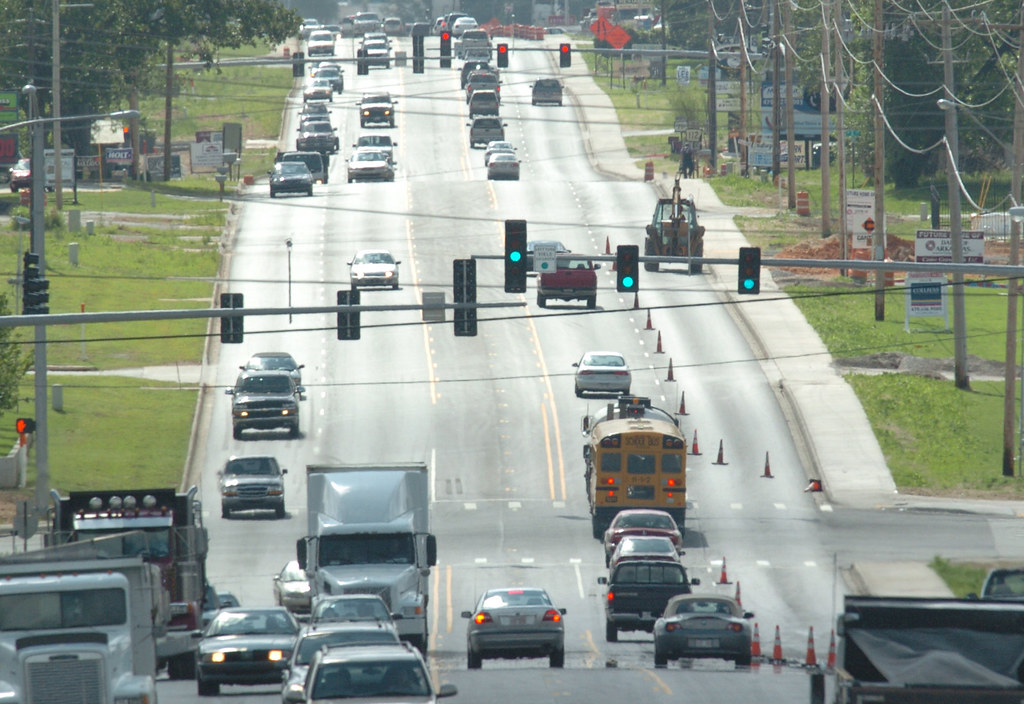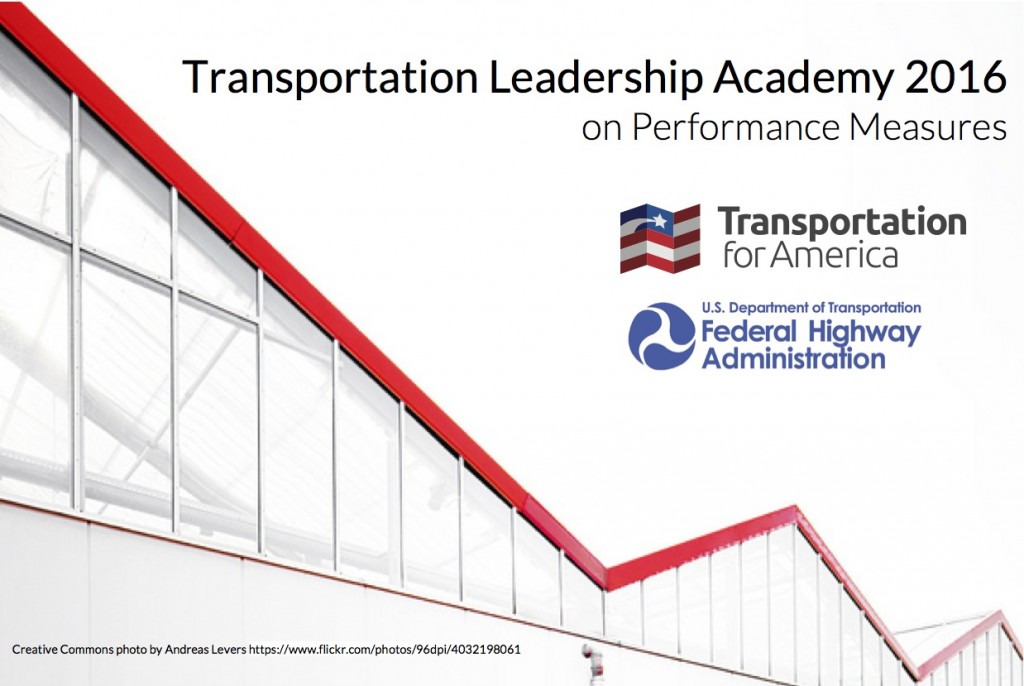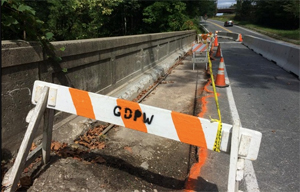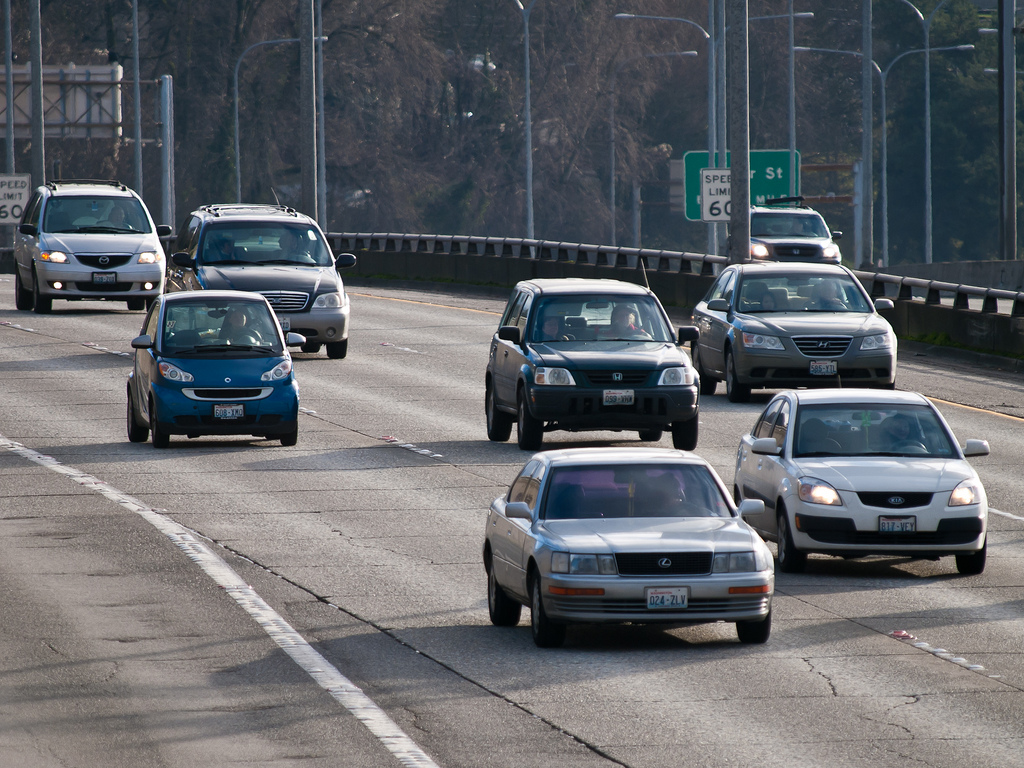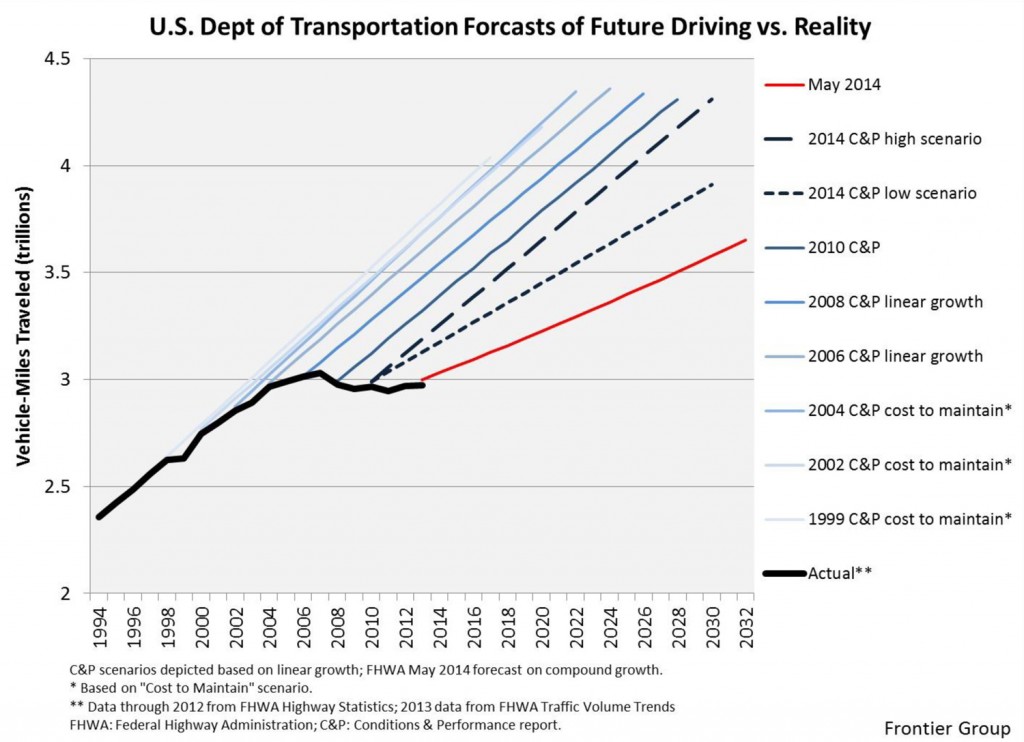In developing new standards for ensuring our roads and bridges are kept in good condition, officials at the U.S. DOT did something skeptics would find surprising: They really listened to public comment, and reflected it in the newly released rule.
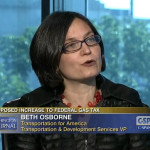
T4America’s Beth Osborne
As we have noted here often, the 2012 transportation law (MAP-21) requires transportation agencies to begin using performance measures to govern how federal dollars are spent. The U.S. DOT is working to establish those metrics for safety, the state of repair, congestion, air emissions and other aspects of our transportation system.
State DOTs and metropolitan planning organizations (MPOs) will then set their own targets for areas. They then must show how their investment plans will help them reach the targets and report on the results. If they fail to make enough progress on say, road and bridge conditions, they would be expected to spend more in those areas.
Creating this brand new system from scratch is a challenge. DOT officials have to figure out which sets of data are truly valid measures and where the data come from; how much time and wiggle room to give states and MPOs in setting and meeting targets; and what happens when they don’t.
We at T4America and many of our allies howled last year when USDOT’s first proposed performance measure, on safety, allowed states and MPOs to fail outright on half of the measures, making the targets for states virtually meaningless. T4A and the Complete Streets Coalition responded with 1500 public comments saying that this was not good enough.
We are still waiting for the full rule on safety, but with the release of this second proposed rule on system conditions (i.e. bridge and pavement maintenance) USDOT has shown that they heard us on the question of how agencies will be held to account. The new rule proposes that MPOs and states must hit all of the required targets — 50 percent success is no longer a passing grade. And states must either beat the trends or, if their target is not as good as the trend line, they must hit their target. This is a substantial improvement. Considering the current condition of the country’s infrastructure, holding states’ and metros’ feet to the fire on state of repair is critically important. As Smart Growth America’s 2014 Repair Priorities report made clear, most states are still spending billions on new roads or expanding existing ones — while neglecting their growing repair backlogs.
Between 2009 and 2011, the latest year with available data, states collectively spent $20.4 billion annually to build new roadways and add lanes to existing roads. America’s state-owned road network grew by 8,822 lane-miles of road during that time, accounting for less than 1 percent of the total in 2011.
During that same time, states spent just $16.5 billion annually repairing and preserving the other 99 percent of the system. … [In 2011], just 37 percent of roads were in good condition that year—down from 41 percent in 2008.
Under the new rule, that kind of investment decisions and resulting diminishing performance should fail to pass muster in the future.
As someone who has worked for USDOT and is accustomed to the dense documents we sometimes produced, I was struck by the clarity and tone of this (still long and technical) rule. The impact of the public comments — including those provided by T4America and our partners — was clear. USDOT explains each issue they had to grapple with, what they heard from stakeholders on each issue, the principles they used to evaluate options, how each option performed in that evaluation and then their final choice. Reading the rule felt like having a frank conversation with the experts at FHWA writing the rule.
This is especially encouraging because the third rule on congestion (and other measures) undoubtedly will be the hardest and, in many ways, the most impactful. It includes measures that are newer to the federal program and can be defined many different ways. For example, is the goal of highway performance to keep traffic moving at the speed limit no matter how many cars are on it? Or is it to know that your trip today will take the amount of time you budgeted for it? If it is the former, we will have to spend a lot of money paving over a lot of places at marginal benefit to ensure a safe and efficient commute or delivery. If it is the latter, we can address the issue with a mix of more affordable operational improvements, emergency response and new capacity. In congestion, are we only interested in the speed of cars or do we give communities credit for letting their residents opt out of congestion entirely by taking transit, walking or biking?
One thing we now know for sure: USDOT is listening to the public, so we need to engage. We thank USDOT for the improvements and for listening. It is a heavy responsibility, and one the folks at the U.S. Department of Transportation executed very nicely.
There are a couple more ways they can improve the rule further, like making more of the process available to the public. I encourage everyone to comment on the current draft.
